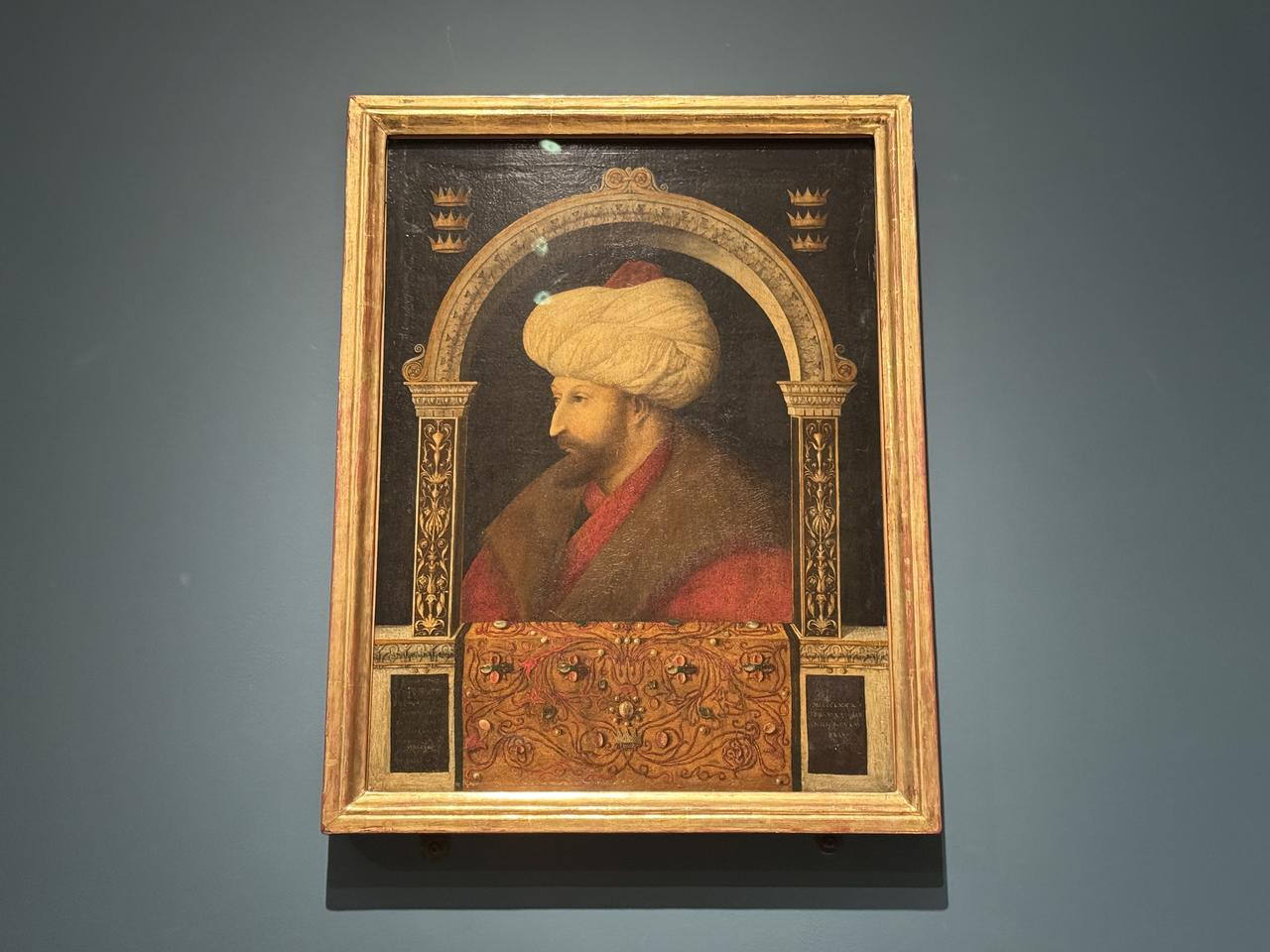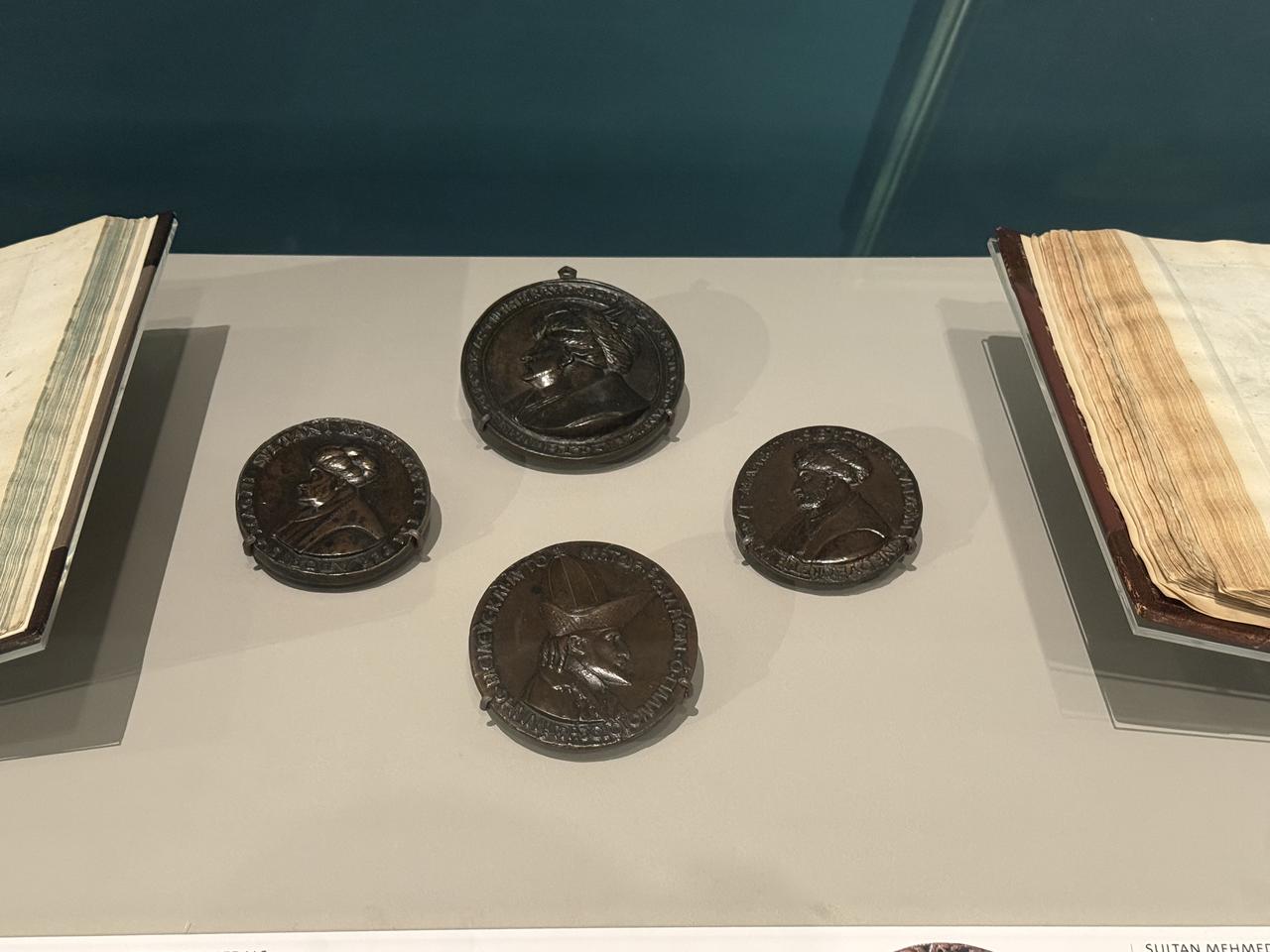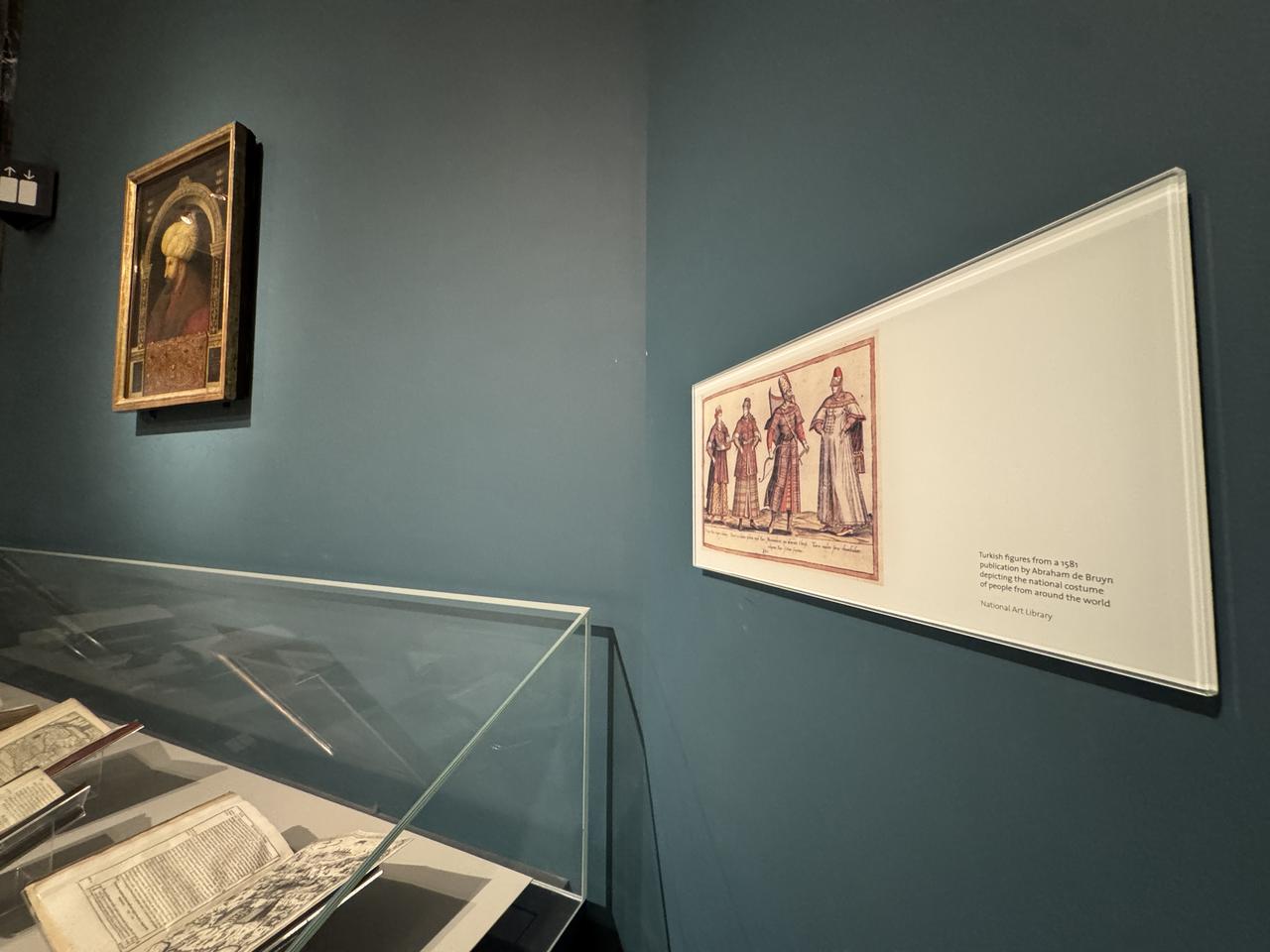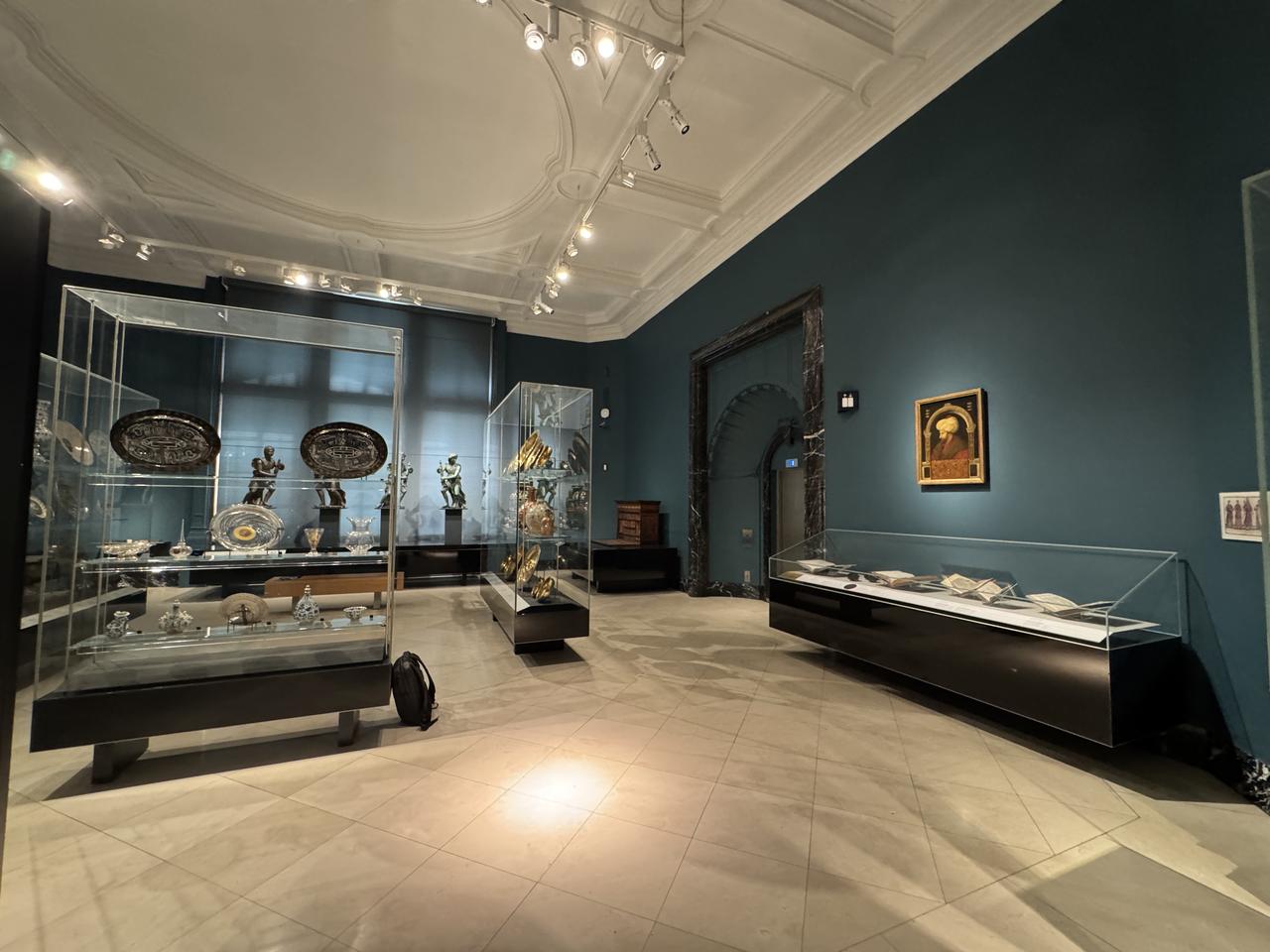
From Gentile Bellini’s iconic portrait of Sultan Mehmed II to rare medallions depicting the Ottoman Sultan on horseback, a collection of remarkable artworks is now captivating visitors at London’s Victoria and Albert Museum and the National Gallery.
According to information obtained by Anadolu Agency from museum officials, these priceless works — created during Bellini’s time in Istanbul between 1479 and 1481 — are recognized as some of the most important portraits of the medieval world.

Invited by Sultan Mehmed II himself, Italian painter Gentile Bellini not only captured the likeness of the conqueror but also painted vivid scenes from daily life in the Ottoman Empire. His works include detailed depictions of traditional attire, cityscapes, and a unique bronze medallion portraying the Sultan.
Both Bellini's portrait and medallion of Sultan Mehmed II are now exhibited at the Victoria and Albert Museum, renowned for its prestigious art collections.

Despite damage caused by restorations over the centuries, Bellini’s portrait still carries profound symbolic elements. The partially visible inscription beneath the arch includes the date “25th of November, 1480,” while the Latin phrase “Victor Orbis” — meaning “Conqueror of the World” — is carved on the opposite side.
The three crowns depicted above Sultan Mehmed II are believed to symbolize the empires he conquered: the Roman Empire with the fall of Constantinople, the Empire of Trebizond, and the annexation of Konya in Anatolia.
Experts note that the archway behind Sultan Mehmed II was inspired by the door of the Church of Saint Zacharias in Italy, symbolizing the passage from evil to good — a theme common in Renaissance iconography.
His prominent nose, painted as it naturally appeared, and his red-white turban — representing both political and spiritual authority — reflect one of the earliest known realistic depictions of a ruler in Islamic world.

Bellini’s medallion, the only known example of its kind by the artist, also features the triple crown motif and is displayed in the same museum. Another medallion, signed by Italian artist Constanza de Ferrera, shows the Sultan on horseback — likely created for sale after his death.
A third medallion by Bertoldo di Giovanni depicts a youthful figure riding a chariot, interpreted as an allegory of Sultan Mehmed II’s military triumphs.

Records at both museums reveal how these masterpieces found their way to the UK. Bellini’s portrait entered the National Gallery in 1916 as part of the legacy of British diplomat Austen Henry Layard, who is believed to have collected many artworks under diplomatic immunity during his time in Venice.
The medallions by di Giovanni and de Ferrera, on the other hand, were donated to the Victoria and Albert Museum by philanthropist and collector George Salting.